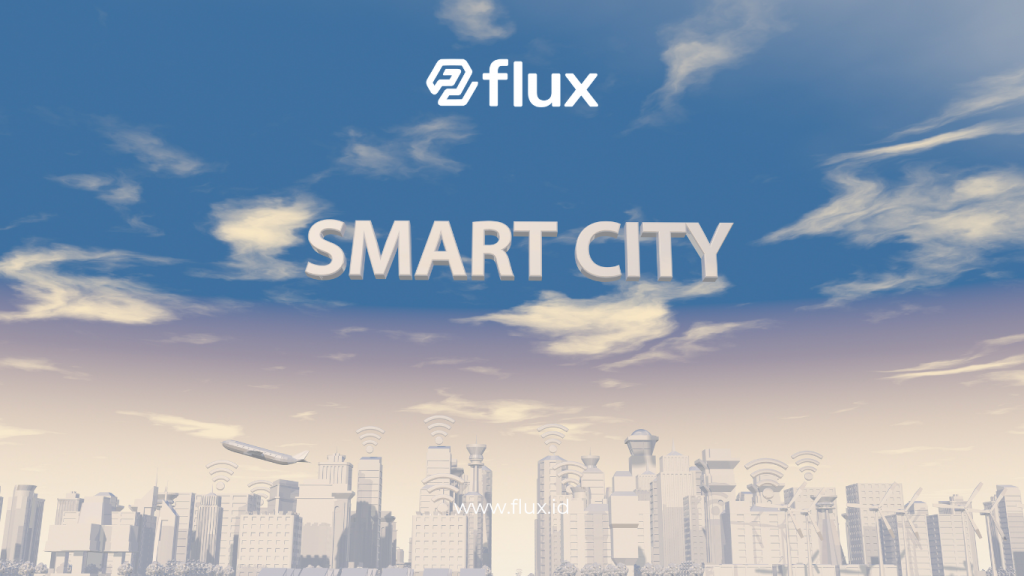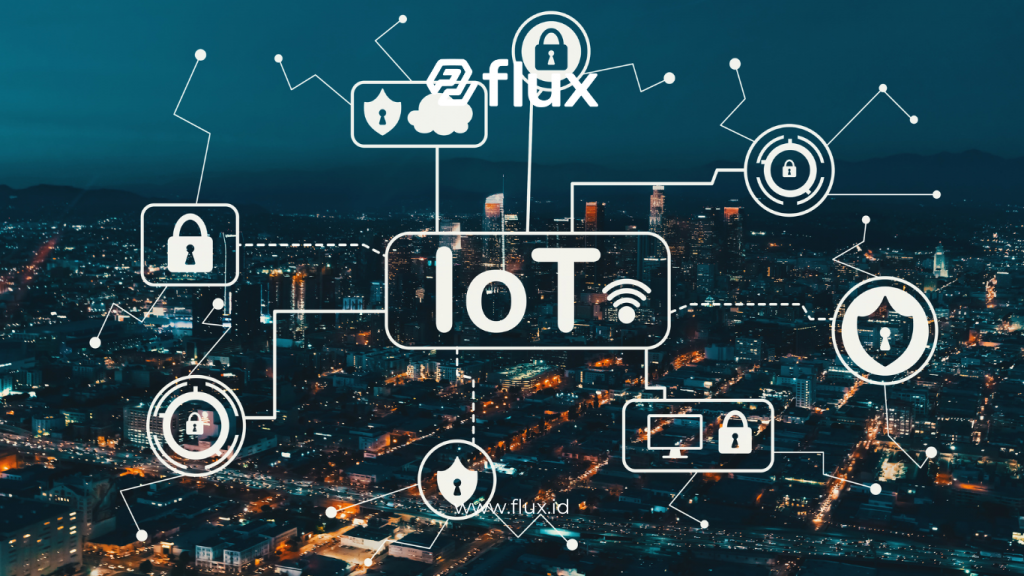Don't miss our holiday offer - 20% OFF!
In recent decades, the concept of smart cities has become a hot topic worldwide. Modern cities face numerous challenges, including urbanization, traffic congestion, air pollution, and the efficient management of resources. To address these issues, IoT (Internet of Things) sensors play a crucial role in helping cities transition to smarter and more efficient models. This article explores how IoT sensors can optimize infrastructure and public services while accelerating the transformation of future cities into smarter environments.
Contents
What is a Smart City?

Before diving into the role of IoT sensors, it’s essential to understand what a smart city is. A smart city uses digital technology and data to enhance the quality of life for its residents. In a smart city, technology is leveraged to manage resources, optimize public services, and improve operational efficiency in various sectors, such as transportation, energy, water, and healthcare.
The Role of IoT Sensors in Smart Cities

Read More: The Role of IoT Sensors in Creating Smart Cities: Enhancing City Efficiency and Security
IoT sensors are small devices capable of collecting and transmitting data to a central system for analysis. They enable real-time monitoring of various aspects of the city, such as traffic, air quality, and energy consumption. With this data, governments and service providers can make better decisions, predict issues before they occur, and improve operational efficiency.
1. Smarter Traffic Management
One of the most evident applications of IoT sensors is in traffic management. By installing sensors in roads, traffic lights, and vehicles, cities can collect real-time data on traffic patterns. This data allows for the optimization of traffic lights, reducing congestion and providing alternative routes for drivers.
For example, cities like Singapore have used IoT sensors to reduce congestion in urban areas. With this technology, they can adjust traffic light patterns based on current traffic conditions, reducing wait times and carbon emissions.
2. Optimizing Energy and Water Use
The availability and management of resources, such as water and energy, are critical issues in many cities. IoT sensors can be installed to monitor energy and water usage, detect leaks or waste, and ensure more efficient distribution.
For instance, in Barcelona, IoT sensors are used to monitor water consumption in public parks. These sensors measure soil moisture and ensure that water is only provided when necessary, saving both water and costs.
3. Improving Air Quality
Air pollution is a major problem in large cities. With IoT sensors, cities can measure air pollution levels in different locations, provide early warnings to citizens, and take swift action to reduce pollution.
Cities like Beijing have leveraged IoT sensors to measure air quality across the city and take proactive steps to reduce emissions. These sensors help city governments manage urban environments in a more sustainable way.
4. Enhancing Public Safety
Safety is a top priority for every city. IoT sensors can help improve public safety by monitoring activities in certain areas, detecting criminal incidents, and providing early warnings.
For example, IoT sensors can be installed in streetlights to detect motion and increase lighting in areas that need it. Additionally, sensors connected to CCTV cameras can help law enforcement monitor and respond to situations quickly.
5. Efficient Waste Management
One of the common challenges faced by large cities is waste management. By using IoT sensors placed in trash bins, city governments can monitor when bins are full and plan waste collection routes efficiently. This not only reduces costs but also ensures a cleaner environment.
For instance, cities like Seoul have used IoT sensors in public trash bins to monitor fill levels and optimize waste collection routes.
Long-term Benefits of IoT Sensors in Smart Cities

Read More: Smart City Transformation: Understanding the Role of IoT Sensors in Optimizing Urban Infrastructure
Adopting IoT sensors in city infrastructure offers numerous long-term benefits. Here are some of the advantages cities and their residents can experience:
- Operational Efficiency: With real-time data collection, cities can reduce resource waste and improve operational efficiency across various sectors.
- Better Decision-Making: Accurate, real-time data enables city governments to make quicker, evidence-based decisions.
- Sustainable Environment: By monitoring and optimizing resource use, cities can reduce their environmental impact.
- Improved Quality of Life: With better infrastructure and more efficient public services, city residents can enjoy a higher quality of life.
Challenges in Implementing IoT Sensors
While IoT sensors offer many benefits, there are also challenges that must be addressed to implement this technology effectively. Here are some of the main challenges:
- Implementation Costs: Installing IoT sensors across a city requires significant investment. Cities must plan carefully to ensure that long-term benefits outweigh the initial costs.
- Data Security: IoT sensors collect vast amounts of data, and data security becomes a critical issue. Cities must ensure that collected data is protected from cyber threats.
- Technology Integration: Integrating IoT sensors with existing city infrastructure may take time and resources. It’s crucial to ensure that older systems can work with this new technology.
Case Studies: IoT Sensor Implementation in Cities Around the World
Many cities around the world have begun implementing IoT sensors to improve infrastructure and public services. Here are a few examples of successful implementations:
- Singapore: A pioneer in adopting smart city technology, Singapore uses IoT sensors to monitor traffic, air quality, and energy consumption.
- Amsterdam: This city uses IoT sensors to monitor household energy consumption and encourage residents to adopt energy-saving practices.
- New York: The city employs IoT sensors to monitor bridge infrastructure, ensuring the safety and efficiency of transportation.
Conclusion
IoT sensors have paved the way for cities worldwide to transform into more efficient, sustainable, and livable smart cities. From traffic management to waste management, this technology enables cities to face modern challenges in smarter ways. However, to maximize its benefits, cities must be prepared to overcome challenges such as cost, data security, and technology integration. With proper planning, IoT sensors can become the foundation for a better future city.





